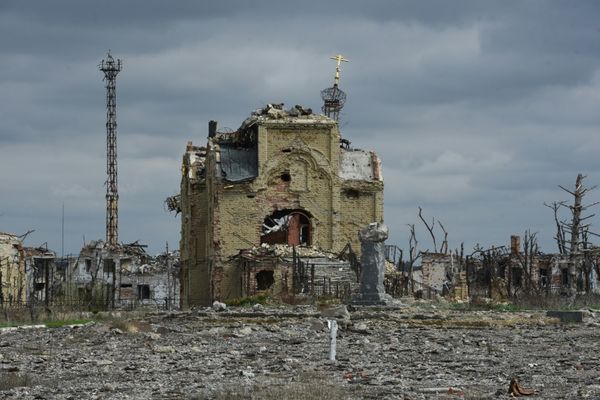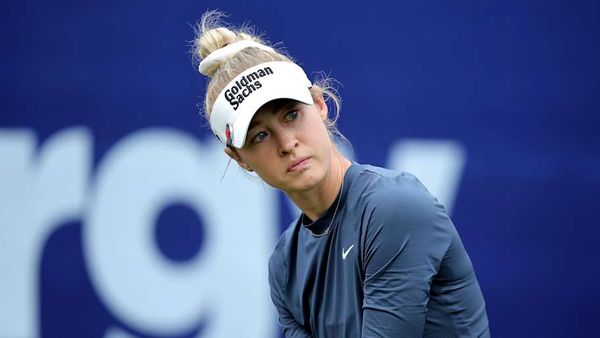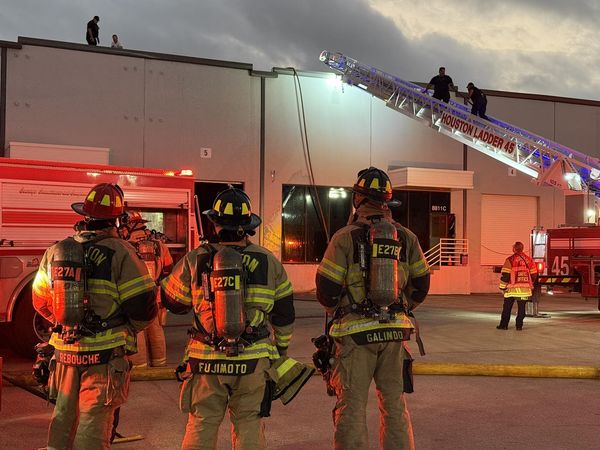Elder Uncle Bill Mann has always taken pride in protecting thousands of kilometres of sea country in the southern Great Barrier Reef.
The 74-year-old made history when he became one of the first Darumbal sea rangers 25 years ago — a responsibility his ancestors carried for thousands of years before him.
"It's a great life, especially when you're working on your own country, you really try to do a good job and you always show respect to the country."
This week, the traditional custodian joined celebrations for the official recognition of the Darumbal people as the rightful protectors of the 36,606 square kilometre area off the central Queensland coast.
It is the largest Traditional Use of Marine Resources Agreement (TUMRA) on the Great Barrier Reef.
"It took a long time to actually get this up, [the working group] did a lot of work, similar to what we were doing way back 15-16 years ago," he said.
More than 150 people gathered in Emu Park to celebrate the historic partnership between the Darumbal people, Great Barrier Reef Marine Park Authority and Department of Environment and Science.
"After all that time, it's finally a success," Uncle Bill said.
Uncle Bill hoped managing the country using cultural lore and contemporary science would provide more opportunities for Darumbal people to connect with their traditional country.
"A lot of them haven't seen it … right out where the water is clean, it's beautiful," he said.
Managing the sea sustainably
The Darumbal People were granted Native Title in 2016, but elder Nhaya Nicky Hatfield said the sea was just as special as the land.
"It means a lot, it's about the recognition," she said.
"There are not a lot of groups down the east coast of Queensland that practised sea burial and that's what Darumbal People did.
"We still have ceremonial stones in place that have been there for a very long time."
Nhaya Nicky said the TUMRA would give Darumbal People a better say in conservation of their land.
"It means a lot more work, but we're willing to do that," she said.
"We want to look after our land and sea like our old people did for thousands of years, us personally doing it is so important.
"Other people have been doing it for us for a while now and we want to be part of that."
It is also about education.
"The sea is for everyone to use, but to use it properly in a sustainable way because Aboriginals have always used the land and sea in a sustainable way," Nhaya Nicky said.
"Different actions can be of danger to our sea country and to the creatures and everything that lives in our seas.
"People just don't realise … they're upsetting the whole balance."
Nhaya Nicky said her ancestors would be proud of their strength and determination in seeking the TUMRA.
"We'll probably hear them dancing and singing later on when we're by ourselves," she said.
Keeping culture alive
Uncle Lance Warcon worked on developing the TUMRA, and said it was a "huge milestone" to be able to pass sea country stories down to the next generation.
"It just resonates with me because when I'm on my boat I imagine my family thousands of years ago being on the same water and fishing," he said.
"You can go hundreds of kilometres east and way out in the middle of the ocean and there are stories there.
"There's literal evidence on those islands of Indigenous heritage being there, Indigenous culture.
"Each artefact represents a story and those stories we get to pass down."
With celebrations wrapped up, Uncle Lance said it was time to look forward.







